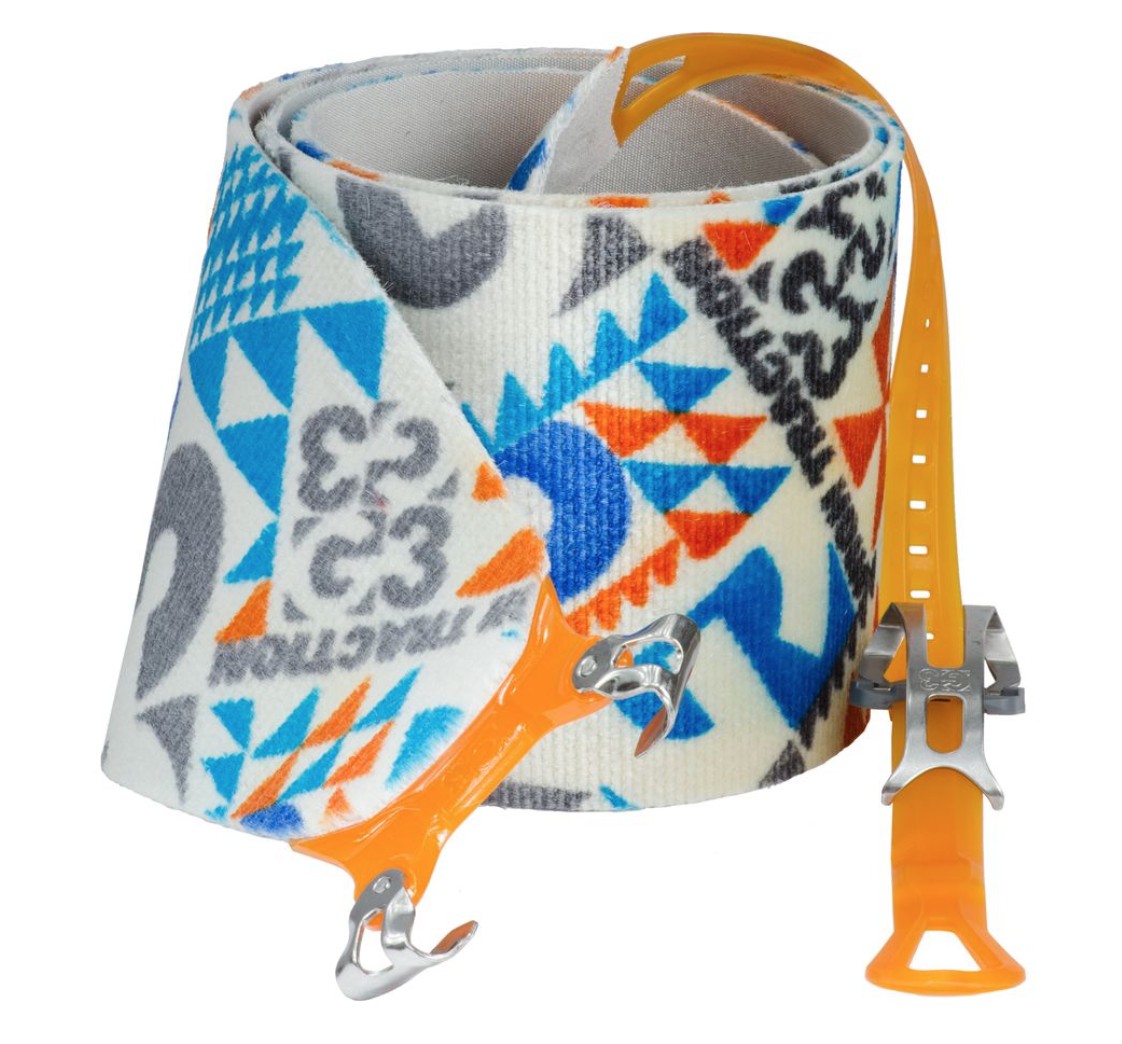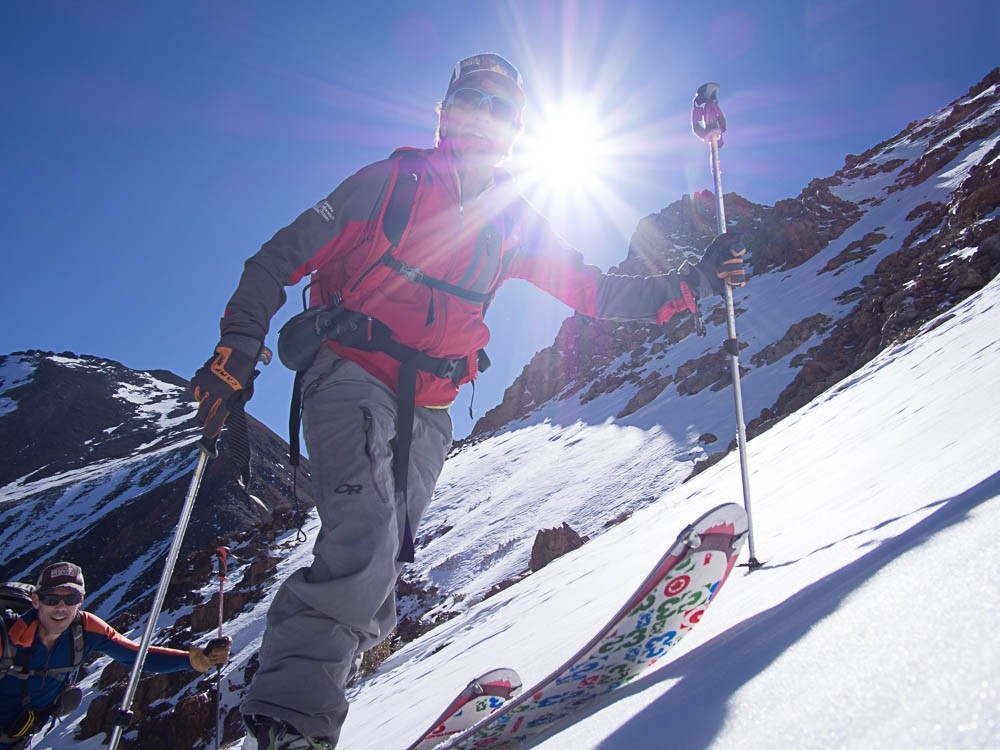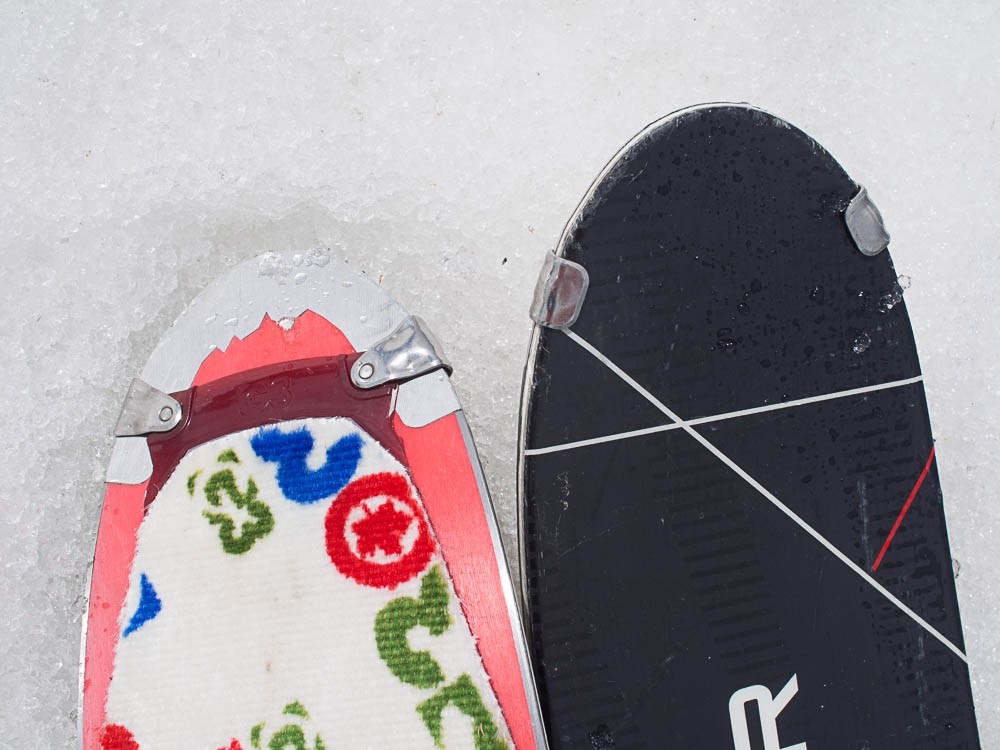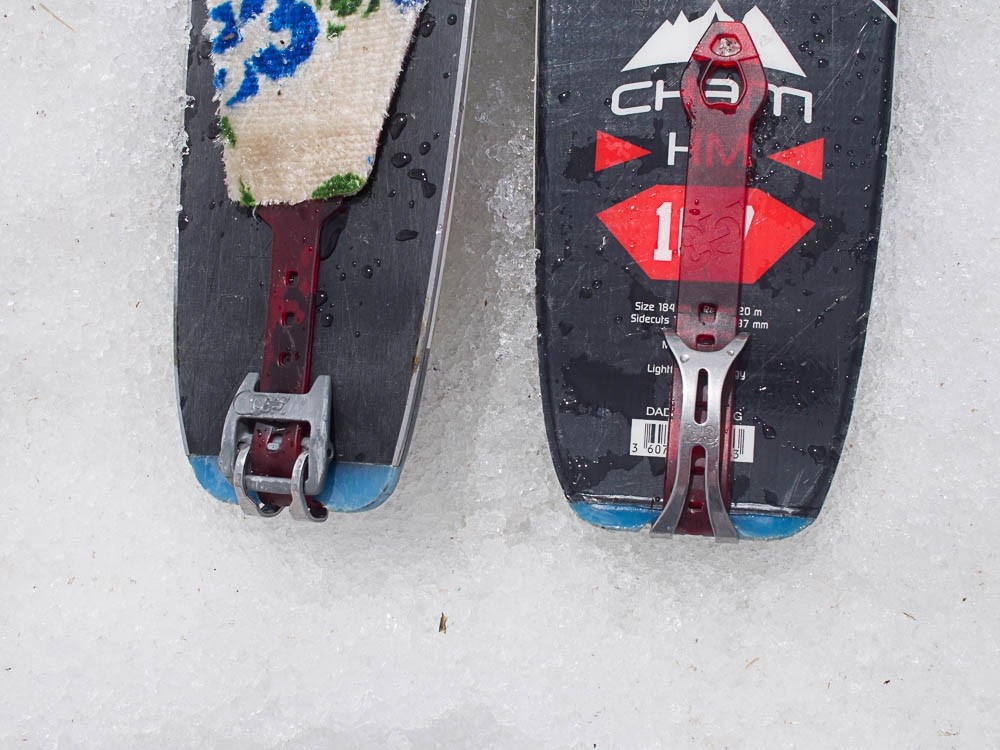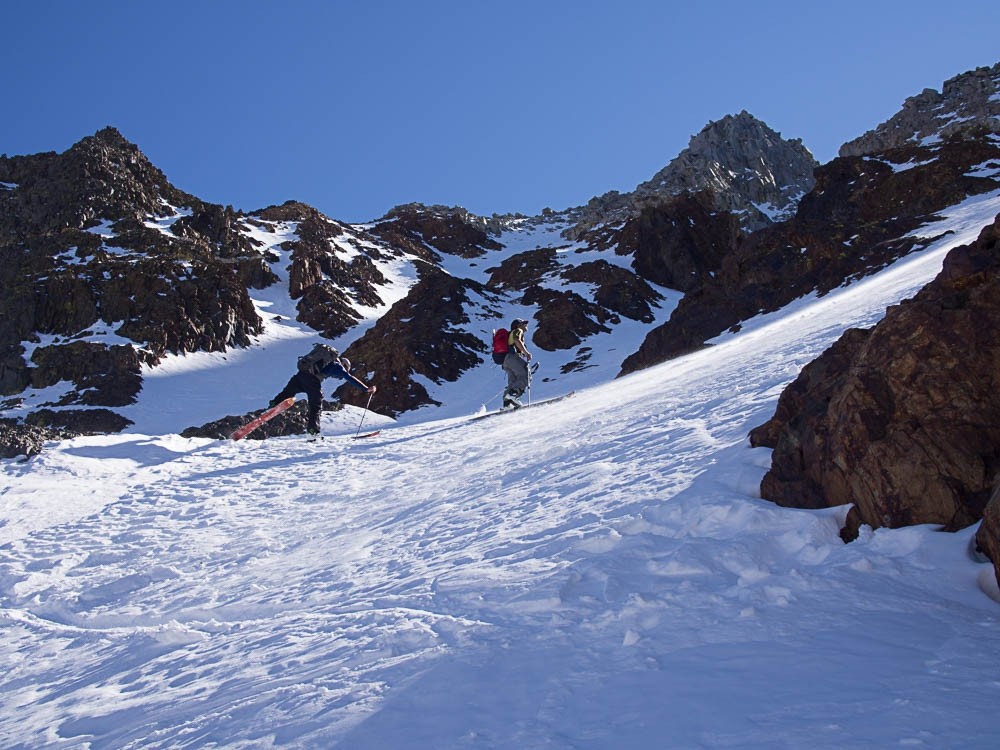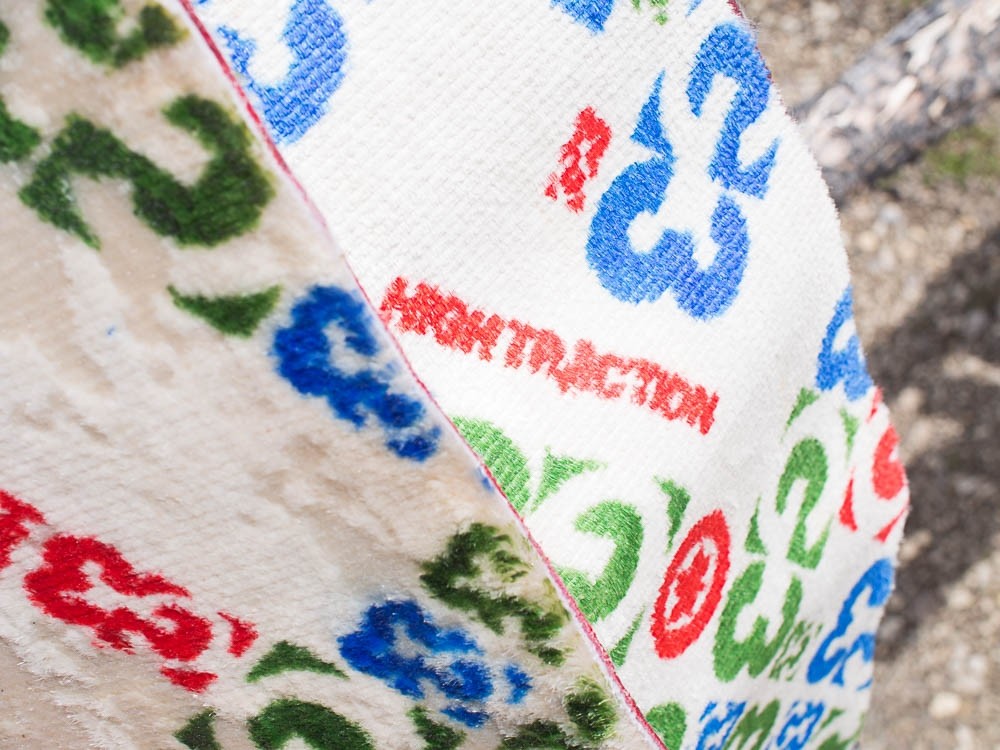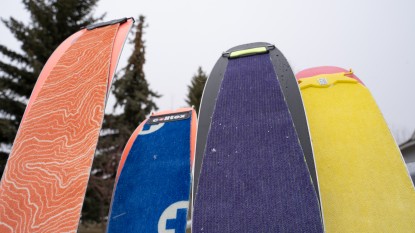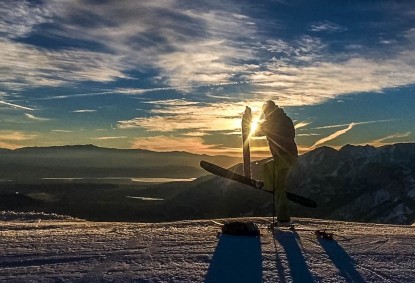G3 High Traction Review
Our Verdict
Our Analysis and Test Results
The High Traction skins from the Canadian company G3 represent a unique product in our test - an incredibly high grip that far exceeds that of the other skins we tested. As you read on, you'll see both the value and cost of this attribute.
Performance Comparison
Overall, we prefer better glide to maximum grip. In this way, the overall scoring and ranking of the G3 High Traction suffers. That being said, some people in some circumstances will certainly benefit from absolute maximum traction. For them, these skins are clutch.
Glide
In our view, glide is the single most important attribute of climbing skins, and it is often the most overlooked. When most consumers think of skins, they think of the grip and the glue. It is indeed important that skins stick to snow and skis stick to skins, and we'll elaborate on that below. However, with every step in good skinning technique the user slides the ski along the snow. Resistance to this slide costs energy and easy sliding makes for easier climbing.
The High Traction skins are the poorest gliders in our test. Anecdotally, across a variety of conditions, and in our corn-snow objective glide testing, we found the HT skins to drag considerably more than the other products in the review. All the other skins glided better, but none gripped as well. These two attributes are inherently at odds, so the best in one are the worst in the other.
Grip
When it comes to grip, basically all skins grip well enough to climb at the most efficient, biomechanically speaking, angle. Because we have the option to set our own track, we can climb at whatever angle we want. The savvy skier, setting her own track, will choose a moderate angle for the easiest progress. At that efficient angle, usually around 15-20 deg from horizontal, even the most slippery skins grab totally fine. All this said, occasionally one wishes to skin more steeply. Very rarely terrain requires that the skier climb more steeply. Usually, though, it is the track setting skier that dictates the angle. The first person along, whether in your group or not, may have more grippy conditions, or better skins, or, most likely, better technique. They set a steep track, and those following do not want to set their own path. In these cases, improving skinning technique is the best bet. Next, grippier skins can help.
If you really feel you need grippier skins, the High Traction is your best choice. These truly offer greater traction. In head-to-head tests, literally putting one skin on one foot and the High Traction on the other, the HT skins allowed at least 10 degrees of greater angle, even on the iciest of terrain. The next best gripper is the Black Diamond Ascension. Way on the other end of the spectrum is the Top Pick for maximum glide Fischer ProFoil. Any of our other award winners grip well enough for all but the clumsiest skinners on the steepest tracks.
Glue Integrity
Just as skins need to stick to the snow, skis need to stick to skins. The actual integrity of the bond is mainly related to the glue qualities. Good skin glue seems like pure magic; it is a thick, seemingly viscous product, layered on goopy and vulnerable. In usage, it is anything but vulnerable. For the most part, it remains evenly distributed on the skin fabric, all while sticking to itself for storage and stuck to the ski in usage. It is a mystery how some, or all of it, only extremely rarely, disengages from the fabric and bonds to only the ski. All formulations on all traditional skin products we tested work in the same basic fashion. The biggest difference between them is in the strength of the bond it forms with both itself and the base of skis.
Stronger glue holds the ski base better but is harder to remove and harder to disengage from itself for deployment. Weaker skin glue is more vulnerable to peeling and rolling, letting snow between ski and skin. The G3 skins we tested had glue that falls right in the middle. It sticks to the skin well enough, but not tenaciously. Long-term testing of the G3 High Traction revealed a tendency for the glue to “pill” and come off onto ski bases. At this point, a complete regluing of the skin is required. All skins will reach this point eventually, but the G3 ones seem to get there faster.
Supporting the glue's qualities is the fabric stiffness and tip connection. Soft fabric is more likely to roll and peel back, allowing for the introduction of snow between skin and ski. Once this starts, it steadily progresses as the user tours. Interestingly, the G3 High Traction skins are softer than the otherwise lighter and more compact G3 Alpinist. In Black Diamond skins, we found that the heaviest, burliest skins were also the stiffest.G3's stiffness is counter to what we expect. While the soft, supple fabric suggests vulnerability to peeling, we had no problems with the High Traction skins peeling off; this is probably due to the secure and clean tip attachment. As the last part of the glue integrity trifecta (glue itself, fabric stiffness, and tip attachment), the tip attachment is often overlooked in its impact on overall attachment reliability. This is unfortunate. A good tip attachment and the G3 is the best universal tip attachment available, seals out the otherwise most vulnerable interface. All testers appreciated the G3 tip attachment for its ease of use and support of attachment integrity.
The glue, especially the way the glue sticks to itself, is the primary determinant of a skin's ease of use. If a skin pulls from itself for deployment easily, it is overall easier to use. Just like with basically all skin attributes, this is a trade-off. Stickier glue stays put on skis better but is harder to deploy and vice versa. All the universally compatible skins we tested, including these G3s and all the Black Diamond products (all of which are, perhaps not coincidentally, designed in North America) offer glue that strikes the perfect balance. It's a little stickier than needed in most conditions, which helps build in a margin for lint, water, and ice. But it also pulls from itself quite readily. Helping the High Traction skins in deployment is G3's inclusion of so-called “wimp strips”. A strip of very light fabric is placed over the glue along the center of the front half of the skin, which makes for less glue surface area touching itself in storage and preserves some glue for emergency use. We like the wimp strips.
Icing/Glopping Resistance
All skins ice up. When the user travels through warm, moist snow, and then into cold, dry snow, and back and forth between the two, ice can grow in the fibers of the fabric. This ice attracts more snow, which aggregates with even more. In the right conditions, skins can accumulate pounds of stubborn, soul-sucking mass. Again, all skins do this. New skins, fresh from the factory with a thorough water-resistant coating, are a little better. However, on all skins, in our experience, this coating wears off. Some coatings last a little longer than others and other unobservable attributes subtly change the susceptibility to icing. Intuitively, our testers assumed that the fluffy and fuzzy texture of the High Traction skins would attract more than usual icing. In practice, this forecast did not bear out. The High Traction skins did not ice or glop up more than most others. If anything, the HT skins ice less than other G3 skins we have tested.
The Pomoca Climb Pro skins, with their full mohair construction, ice up more than most. At the other end of the spectrum, the plastic-based Top Pick Fischer ProFoil absorbs no water and ices up a lot less dramatically than others.
Packability and Weight
Even though we mounted these beefy skins to some of the biggest skis in our review, they did not turn out to be the heaviest. We mounted the Best Buy Black Diamond Ascension Nylon to narrower skis, and the Ascension was still heavier and bulkier than the G3. The High Traction skins, though, are bulkier and heavier than most others. Only the Fischer ProFoil is bulkier than the High Traction. Those that feel they need the extra grip and do not care about the corresponding loss of glide are unlikely to care that much about the weight and bulk of the High Traction skins.
Compatibility
We tested skins in our test that are set up for use with only one make and model of ski, as well as universally compatible skins. Most of what we tested are universally compatible and can be purchased for rough length and width, and simply need to be trimmed for shape to work with any ski on the market. As compared to something like the simple cable loop on the Editors' Choice Contour Hybrid Mix, the steel hooks on the G3 High Traction are far more useful and versatile. On the fattest, most rounded ski tips, the cable loop will not stay securely. The G3 hooks found also on the G3 Alpinist, are absolutely secure regardless of the shape of the ski tip.
Of those we tested, only the Dynafit Speedskins are dedicated to one model and size of ski. The Fischer ProFoil is definitely best suited to use with Fischer skis, but they can be pressed for use on others.
Best Applications
When it comes to pure function, the G3 stands out. The additional traction is indeed noticeable and greatly appreciated in very specific settings. Just like with most of our Top Pick award winners, very few will truly need the functionality of the High Traction. For those that require this amount of grip, the trade-offs will be worthwhile and easily overlooked.
Value
Especially as compared to the non-universal skins, the High Traction is pretty inexpensive. We tested the skins over about 40,000 vertical feet of skinning and suffered no degradation in performance. Intuitively, we question the durability of the grip. The long, fluffy fibers seem more vulnerable to wear than the stiffer, shorter fibers on other nylon skins we used. As compared to skins with mohair components, however, the full Nylon construction is apt to last pretty well.
Conclusion
We recommend these skins only for those users that absolutely need the greater traction. Skiers in areas with a pattern of super steep skin tracks may appreciate them. Otherwise, in “normal” ski touring, the increase in grip will go largely unnoticed while the decrease in glide will affect every single step.


